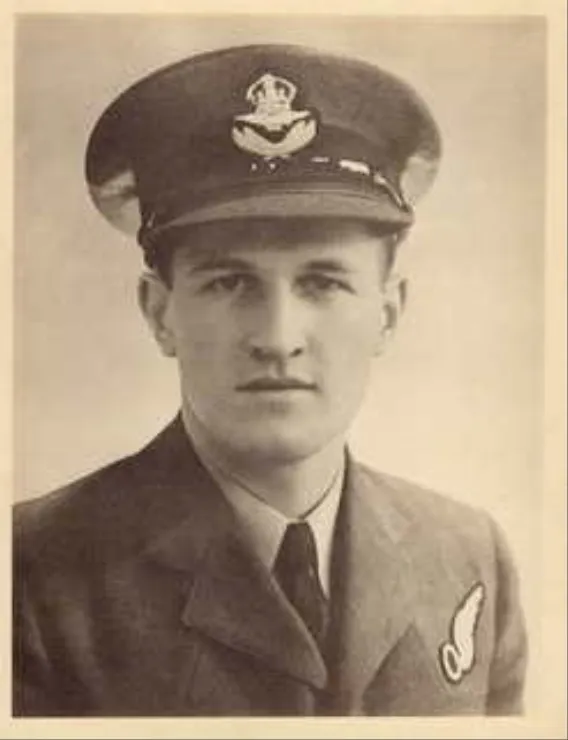Sawyer, John Patrick Anthony (Pilot Officer)
Killed in Action 1941-September-15

Birth Date: 1917
Born:
Parents: Son of Lt. R. H. Sawyer, R.A.F. (died on active service, 3rd August, 1918), and of Georgina M. Sawyer, of Beaconsfield; husband of Elsie Sawyer.
Spouse: Husband of Elsie Sawyer.
Home: Nassau, Bahamas
Enlistment:
Enlistment Date: unkown date
Service
RCAF
Unit
207 Sqn- Squadron (RAF)
Semper Paratus Always prepared
Base
Rank
Pilot Officer
Position
Pilot
Service Numbers
J/5135
Home
Crew or Other Personnel
Manchester L7318
Manchester serial: L7318

Avro Manchester Mk. IA.
The Avro 679 Manchester was a British twin-engine medium bomber developed and manufactured in the United Kingdom. While not being built in great numbers, it was the forerunner of the famed and vastly more successful four-engined Avro Lancaster. Avro designed the Manchester to replace its inventory of twin-engine bombers. It first flew on 25 July 1939, and entered squadron service in November 1940, just over twelve months after the outbreak of the war. Operated by both RAF and the RCAF, the Manchester proved to be underpowered and unreliable, and production was terminated in 1941. However, the Manchester was redesigned into a four-engined heavy bomber, the Avro Lancaster, powered by Rolls-Royce Merlin engines.
200 airframes completed as true Manchesters were issued to front line RAF squadron's,. Of these, a total 77 aircraft were lost on operations and an additional 20 were lost in various accidents with those squadrons. An additional 24 aircraft were lost during training flights with non-operational units, such as those being used by Heavy Conversion Unit (HCU) Flights. Combined losses therefore, were 121 or 60.50 percent of the original 200 aircraft. From those losses, 33 were directly due to engine failures - 12 with the squadrons, 21 with training units. Another 28 aircraft lost during operations, were thought to have been caused due to engine failure. As the airframes and engines could not be examined, these are listed as "Probably Lost Due To Enemy Action". Harold Skaarup web page


